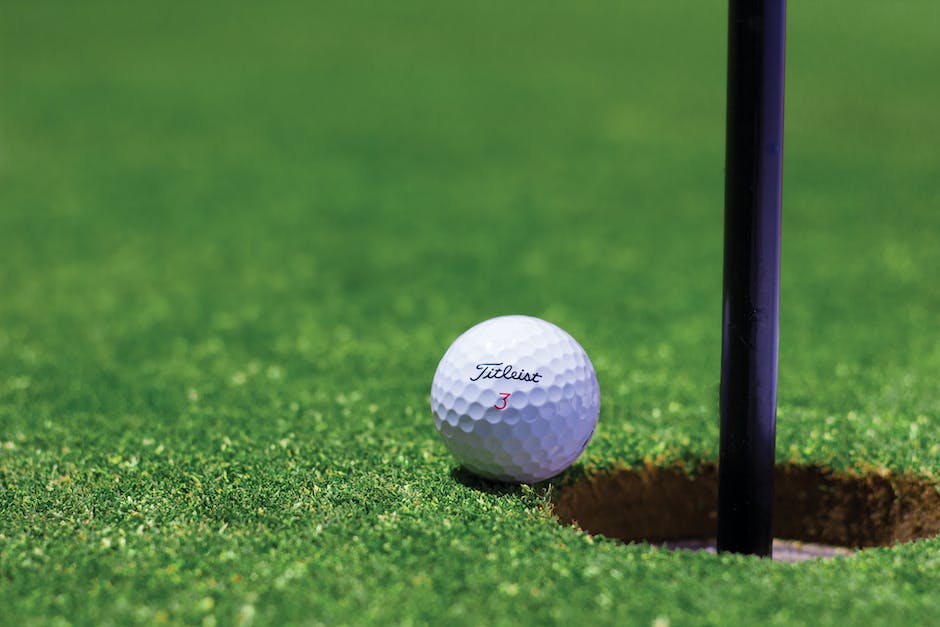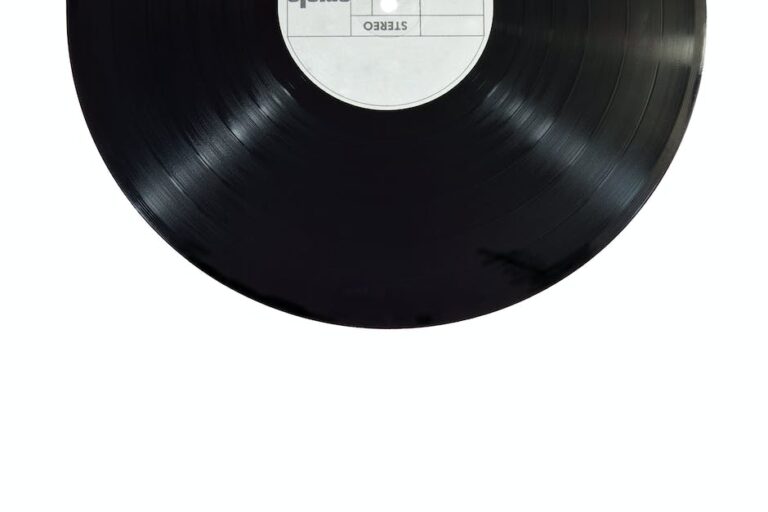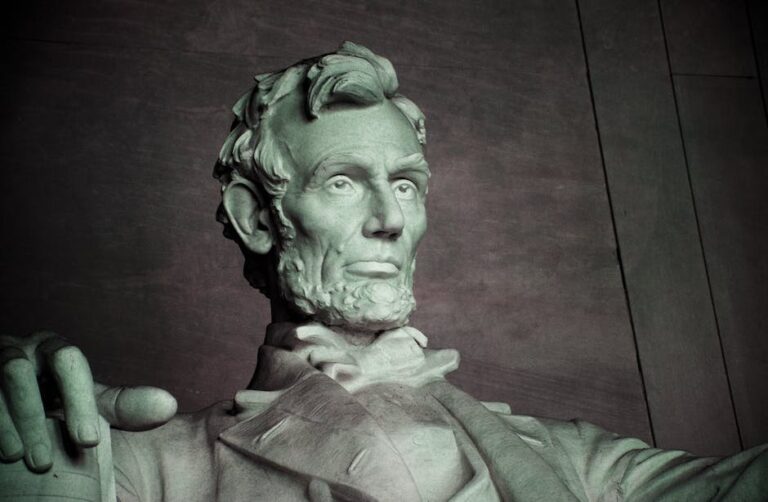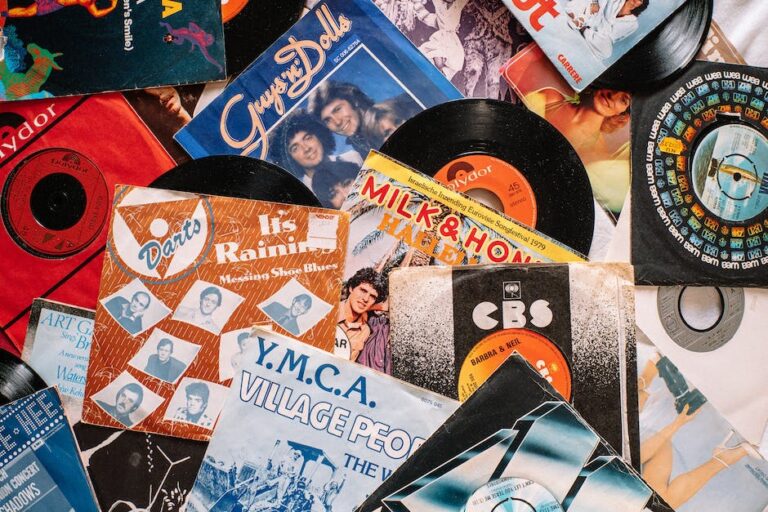Disc Flight Characteristics: Understanding Turn, Fade, and Glide
Disc flight characteristics can be classified into three main categories: turn, fade, and glide. Understanding these three elements is crucial for disc golf players to choose the right disc for their playing style and to improve their game.
Turn refers to how much a disc will curve to the right (for right-hand backhand throwers) during its flight. It is measured on a scale from -5 to +5. A disc with a high negative turn value will curve sharply to the right, while one with a high positive turn value will fly straighter. Generally, beginner discs have a negative turn value to help players maximize their distance.
Fade, on the other hand, refers to how much a disc will move left (for right-hand backhand throwers) as it approaches the end of its flight. It is measured on a scale from 0 to 5. A disc with a high fade value will move dramatically left, while one with a low fade value will move relatively straight. Understanding a disc’s fade value is important for players to properly plan their shot and anticipate the landing location.
Turn: How Much a Disc Will Curve
Turn is one of the most crucial disc flight characteristics for players to understand. Both beginners and experienced players need to understand turn to maximize their distance and accuracy on the course. Turn is measured on a scale from -5 to +5, with a 0 indicating a straight flight path.
Discs with a high negative turn value, such as the Innova Leopard, tend to have a significant rightward curve during their flight. This makes them appealing to beginners because they allow for maximum distance without requiring an expert throwing technique. On the other hand, discs with a low or positive turn value are more suitable for experienced players who can control the shot better, such as the Innova TeeBird or the Discraft Buzzz.
In general, the turn value of a disc is affected by its speed and stability. Faster discs tend to have a lower turn value and a more stable flight path, while slower discs tend to have a higher turn value and are more understable. It’s important for players to experiment with different disc types and turn values to find what works best for their throwing style.
Fade: How Much a Disc Will Move Left (for right-hand backhand throwers)
Fade is another important disc flight characteristic that players need to understand to improve their game. Fade refers to how much a disc will move left as it approaches the end of its flight, and it is measured on a scale from 0 to 5.
Discs with a high fade value, such as the Discraft Buzzz OS, tend to move dramatically left at the end of their flight. These discs are useful for shots that require a sharp turn left at the end of their flight. On the other hand, discs with a low or zero fade value, such as the Innova Roc3, tend to fly relatively straight at the end of their flight.
Fade is affected by a disc’s speed and stability, as well as the throwing technique of the player. Players can control the amount of fade by adjusting their throwing angle and the amount of spin they apply to the disc. It’s important for players to experiment with different discs and fade values to find what works best for their playing style and the course they are playing on.
Glide: How Long the Disc Will Stay Aloft
Glide refers to how long a disc will stay aloft during its flight. It is measured on a scale from 1 to 7. Discs with a high glide value, such as the Latitude 64 Diamond or the Dynamic Discs Captain, tend to stay in the air longer, allowing players to achieve maximum distance. On the other hand, discs with a low glide value, such as the Westside Bard, have a shorter flight path, making them more suitable for control shots.
Glide is affected by a disc’s weight, design, and speed. Discs with a thicker rim tend to have a higher glide value because they generate more lift during the flight. Additionally, lighter discs tend to have a higher glide value because they require less force to stay aloft. However, it’s important to note that a disc’s glide should not be the only factor considered when choosing a disc, as it needs to be balanced with the other two flight characteristics, turn and fade.
Understanding glide is important for players to choose the right disc for their playing style and the conditions of the course. On a windy day, discs with a higher glide value may be less effective due to the increased air resistance. Conversely, on a calm day, a high glide value may be advantageous to maximize distance.
Disc Speed and How it Affects Flight Characteristics
Disc speed is another critical flight characteristic that players need to be aware of to improve their game. It is measured on a scale from 1 to 14, with the number indicating the disc’s speed rating. Faster discs require more arm speed and energy to achieve optimal flight, while slower discs are suitable for players with less arm strength.
The speed rating of a disc affects all three flight characteristics, as faster discs tend to have a lower turn value and a higher fade value. Additionally, faster discs tend to have a lower glide value because they rely more on forward motion than lift. Beginner players are generally advised to start with slower discs to develop their throwing technique before moving on to faster discs.
However, disc speed is not the only factor that determines a disc’s flight path. The stability rating of a disc also plays a significant role in its flight characteristics. Understanding both speed and stability is crucial for players to choose the right disc for their throwing style and the conditions of the course.
How to Choose a Disc Based on Flight Numbers
Choosing the right disc for your playing style and the conditions of the course can be challenging. However, many disc manufacturers use a flight number system to help players select the right disc for their needs. The flight number system includes four numbers that represent the disc’s speed, glide, turn, and fade characteristics, respectively.
For example, the flight number of the Innova Destroyer is 12-5-(-1)-3, which indicates that the disc has a speed rating of 12, a glide rating of 5, a turn rating of -1, and a fade rating of 3. This flight number system can be a helpful tool for players to compare different discs and choose the one that best fits their desired flight path.
When choosing a disc based on flight numbers, it’s important to consider your throwing technique, arm strength, and the conditions of the course. Additionally, it’s important to remember that flight numbers are just a guideline and not an absolute measure of a disc’s flight characteristics. Players should still experiment with different discs to find the one that works best for their individual needs.
Improving Your Game by Understanding Disc Flight Characteristics
Understanding disc flight characteristics is essential for players to improve their game. By knowing how turn, fade, and glide affect a disc’s flight path, players can choose the right disc and throw with precision and accuracy. Additionally, understanding disc speed and stability can help players fine-tune their throw and achieve maximum distance.
To improve your game, it’s important to experiment with different discs and throwing techniques to find what works best for your skills and style. Additionally, learning from experienced players and investing in quality gear, such as a good bag and comfortable shoes, can also help improve your game.
Finally, it’s important to remember that disc golf is a sport that requires patience and practice. Becoming a skilled player takes time and dedication, but with passion and persistence, you can achieve success on the course.







